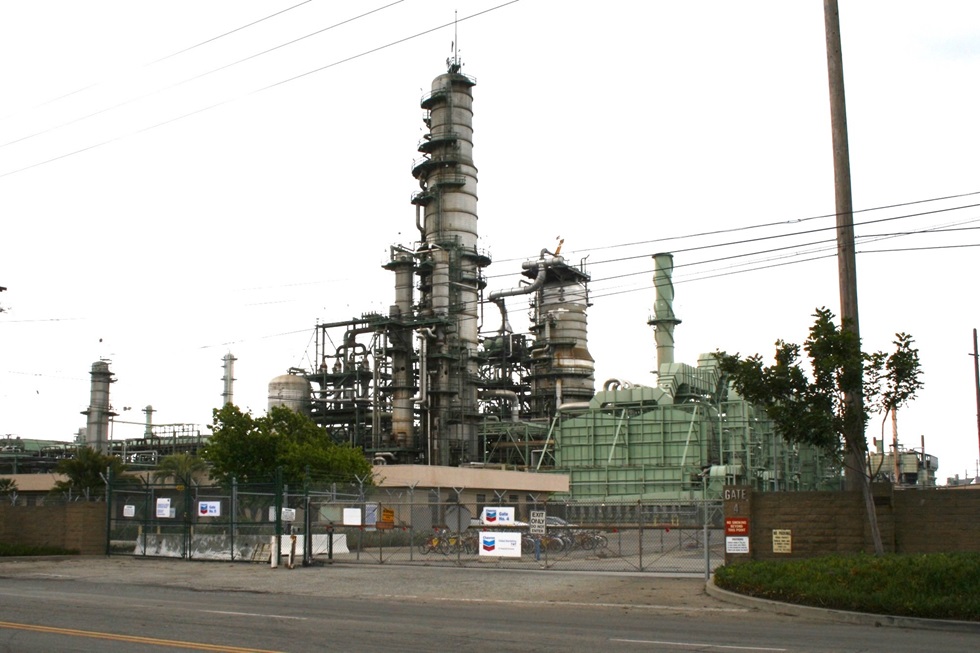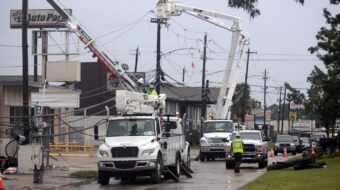
California is not on track to meet its greenhouse gas emissions reduction goal for 2030, new data released by nonprofit think tank Next 10 and prepared by consulting firm Beacon Economics reveals.
To do so, the state must triple its annual emissions reductions, the 2023 California Green Innovation Index said.
“The increase in emissions following the pandemic makes it all the more difficult for California to meet its climate goals on time,” said Next 10 Founder F. Noel Perry, as reported by ESG News. “In fact, we may be further behind than many people realize. If you look at the trajectory since 2010, California won’t meet our 2030 climate goal until 2047. We need to triple the rate of decarbonization progress each year to hit that target.”
A recent jump in emissions from in-state power generation has been offsetting progress in the transportation sector, the report said.
California Air Resources Board (CARB) data shows that the state’s yearly greenhouse gas emissions increased 3.4 percent in 2021, while an early estimate by CARB shows emissions began decreasing the following year.
The new report said the promotion of zero-emissions vehicles (ZEVs) and buildings, as well as renewable sources of energy, must be accelerated to meet California’s goal of reducing emissions to 40 percent of 1990 levels by the end of the decade. To achieve this, the state would need to move from an average yearly reduction of roughly 1.5 percent to about 4.6 percent. However, as 2023 emissions data is not yet available, the percentage may be higher.
“California is an important state to study decarbonization because the state has a great deal of technology and wealth,” said Stafford Nichols, Beacon Economics research manager, as Reuters reported. “If California can’t decarbonize its economy then that does not bode well for less well-off economies.”
However, the prognosis for California’s greening economy has significant upsides. Of the 50 states, California is in third place for lowest per-capita emissions, after New York and Massachusetts. Additionally, the state economy’s carbon intensity — emissions versus gross domestic product — has fallen by half in the past two decades.
Transportation emissions in California — which went up 7.4 percent from 2020 to 2021 — make up almost 40 percent of its carbon footprint. Overall emissions from heavy-duty trucks, cars, and other vehicles went down more than 10 percent from 2019 to 2021, which illustrates the state’s success in reducing its biggest pollution source. Heavy-duty vehicle emissions fell 14.1 percent from 2018 to 2021.
“While California is moving in the right direction in many ways, renewable electricity generation must greatly increase in the coming years in order to reach the state’s goal,” Nichols said, as reported by ESG News. “To meet our upcoming target of 50% of electricity from renewable sources by 2026, we need to double the speed we are adding RPSeligible renewables to our power mix, from 4.3% per year to 8.7% per year.”
ZEVs made up one-quarter of all new vehicle sales last year, an all-time high for the state. California also reached its 2025 ZEV onroad goal of 1.5 million in April of 2023, two years ahead of the target. If the trajectory stays the same, it will meet its five million ZEV target for 2030 a year early.
A new goal for decarbonization of the power sector was adopted by the California Public Utilities Commission (CPUC) in February 2024. It calls for a 58 percent reduction in emissions by 2035, as compared to 2020 levels. In order to achieve the goal, the state needs to lower power emissions by 6.3 percent yearly from 2021 to 2035, according to Beacon Economics — almost twice the 3.5 percent average rate from 2011 to 2021. From 2020 to 2021, there was an upward trend of 4.8 percent.
For decades, California led rooftop solar, but new CPUC changes relating to solar generation compensation greatly reduced residential installation of solar panels. Currently, there are 1.8 million installations in the state with a generating power of 15-plus gigawatts running at peak capacity. However, there has been a 66 to 83 percent reduction in applications for residential rooftop solar since the new rules took effect in April of 2023.
Another challenge is that industrial wind and solar projects are finding it difficult to connect to the grid due to many of the transmission lines being at capacity or not being able to connect to renewable power installations in remote areas. An average project built in 2022 had to wait five years to be up and running after the initial interconnection request.
“While California is well-positioned as a leader on climate, there are substantial obstacles to accelerating our decarbonization efforts in an equitable way that benefits all Californians,” Perry said, as ESG News reported. “These are not insurmountable, but we need to act urgently in order to achieve these goals on time.”
This article was reposted from EcoWatch.
We hope you appreciated this article. At People’s World, we believe news and information should be free and accessible to all, but we need your help. Our journalism is free of corporate influence and paywalls because we are totally reader-supported. Only you, our readers and supporters, make this possible. If you enjoy reading People’s World and the stories we bring you, please support our work by donating or becoming a monthly sustainer today. Thank you!












Comments